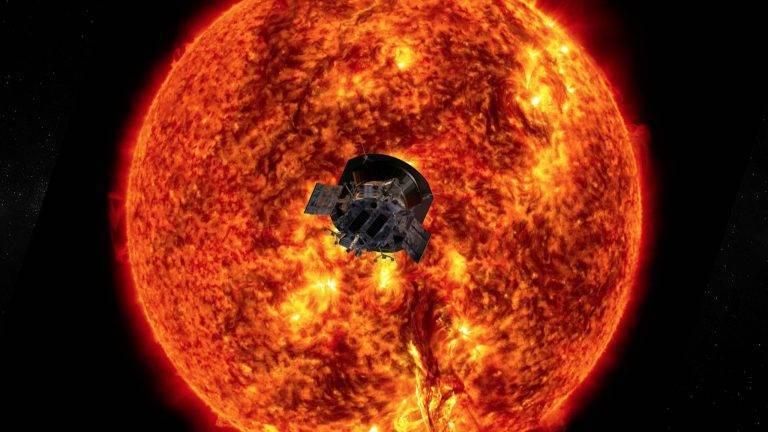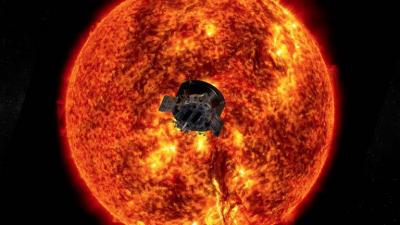The American space agency NASA stated that the Parker probe, launched in August 2018 for a mission to study the Sun, has recently broken two records previously set by the probe itself. The Parker probe has become the fastest human-made object, reaching a speed of 532,000 km/h, thereby breaking its earlier record of 393,044 km/h.
Additionally, the Parker probe has approached the Sun, becoming the closest spacecraft to reach the Sun at a distance of 10.4 million kilometers. The probe had previously come as close as 18.6 million kilometers to the Sun earlier in its journey. No human-made object has traveled faster than NASA's Parker probe, which is a small, heat-resistant spacecraft the size of a small car and effectively "touches the Sun."
NASA's data indicated that the Parker probe recorded these new records in late April. It was noted that on April 29, during its approach to the Sun and reaching the closest possible point known as "perihelion," the Parker probe was traveling at a speed equivalent to 13 times the Earth's rotational speed per hour. By the end of the Parker probe's mission in late 2025, the spacecraft will rise to just 6 million kilometers from the Sun's surface.
In February, the Parker probe managed to capture very close images of Venus, the second planet from the Sun. While Venus is the second planet from the Sun, its thick atmosphere prevents a good view of its surface. The Parker probe, launched to study the outer layer of the Sun or the corona, will encounter Venus seven times during its seven-year mission.




